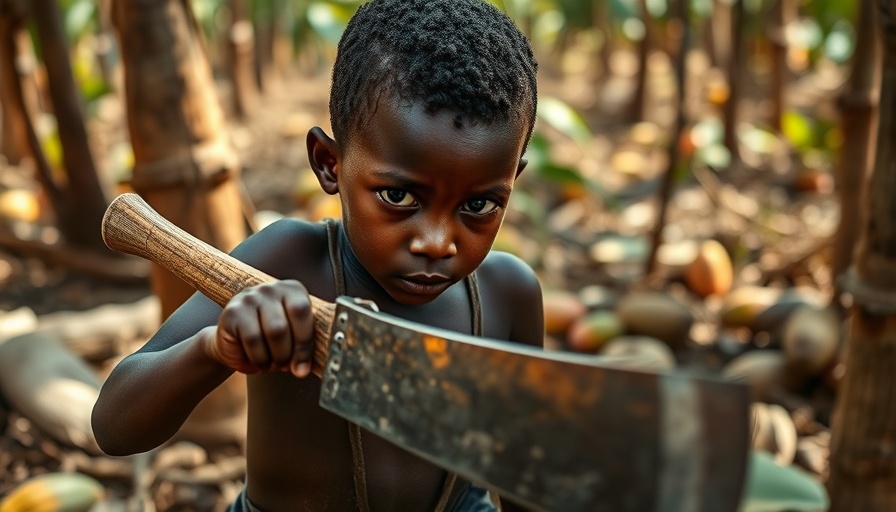
Understanding Child Labor in Cocoa Production
Despite global pledges made over two decades ago aimed at eliminating child labor in cocoa production, the documentary "Child labor in the cocoa industry | DW Documentary," reveals a troubling reality: millions of children are still compelled to work under dangerous conditions in West Africa's cocoa fields. These children face numerous challenges, including hazardous working environments, lack of educational opportunities, and health risks from pesticide exposure.
In 'Child labor in the cocoa industry | DW Documentary,' the exploration of child labor in cocoa production exposes critical issues still haunting the industry today.
Unraveling the Cocoa Supply Chain
With cocoa being a major commodity traded internationally, the complexities of its supply chain often obscure the true source of labor used in its cultivation. Major chocolate manufacturers, while claiming to pursue sustainable practices, are yet to eliminate child labor effectively. As highlighted in the documentary, the contradiction between marketing and reality needs addressing—where most cocoa processed in Europe is sourced from regions notorious for child labor.
The Cycle of Poverty
Many children work not by choice but out of necessity due to poverty. In the Ivory Coast, for instance, children as young as seven are often sent to the fields instead of schools, perpetuating a cycle of poverty and labor. Families, unable to afford education, often feel compelled to send their children to work to contribute to household income. This devastating choice is echoed across multiple regions, highlighting a dire socioeconomic issue that calls for intervention.
Revealing the Impact of Pesticides
Children handling modern pesticides without protective gear poses severe health risks. Through gripping accounts from the documentary, viewers can discern the dangers associated with chemical exposure and its long-term implications for both the individuals and their communities. The alarming reality is compounded by misinformation about the safety of these chemicals, making the case for better regulations and education paramount.
Pathways to Change
The documentary serves as a crucial reminder of our role as consumers in advocating for ethical sourcing and sustainable practices within the chocolate industry. By choosing fair trade and consciously sourcing chocolates, consumers can support initiatives that strive to eradicate child labor and improve the living conditions of cocoa farmers. Just as the Dominican Republic exemplifies better practices within its cocoa trade, similar transformations are possible in West Africa if there is a concerted effort from consumers, producers, and policymakers alike.
 Add Row
Add Row  Add
Add 




Write A Comment